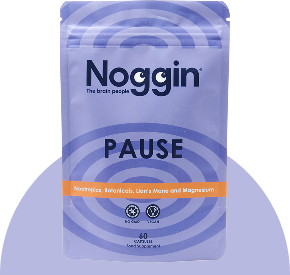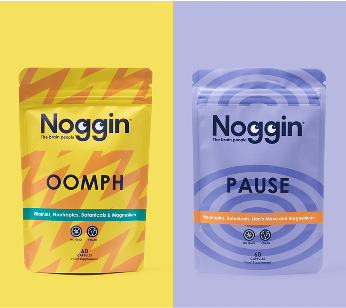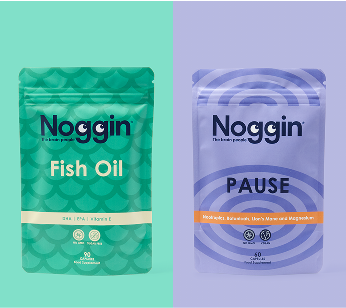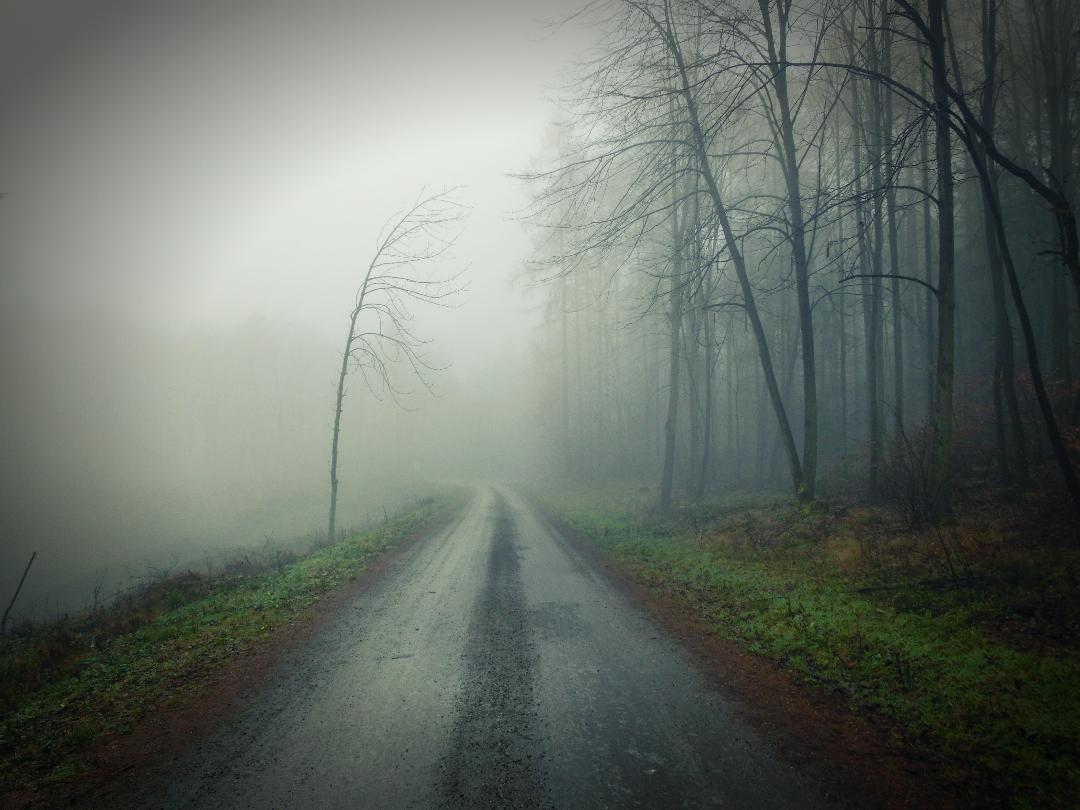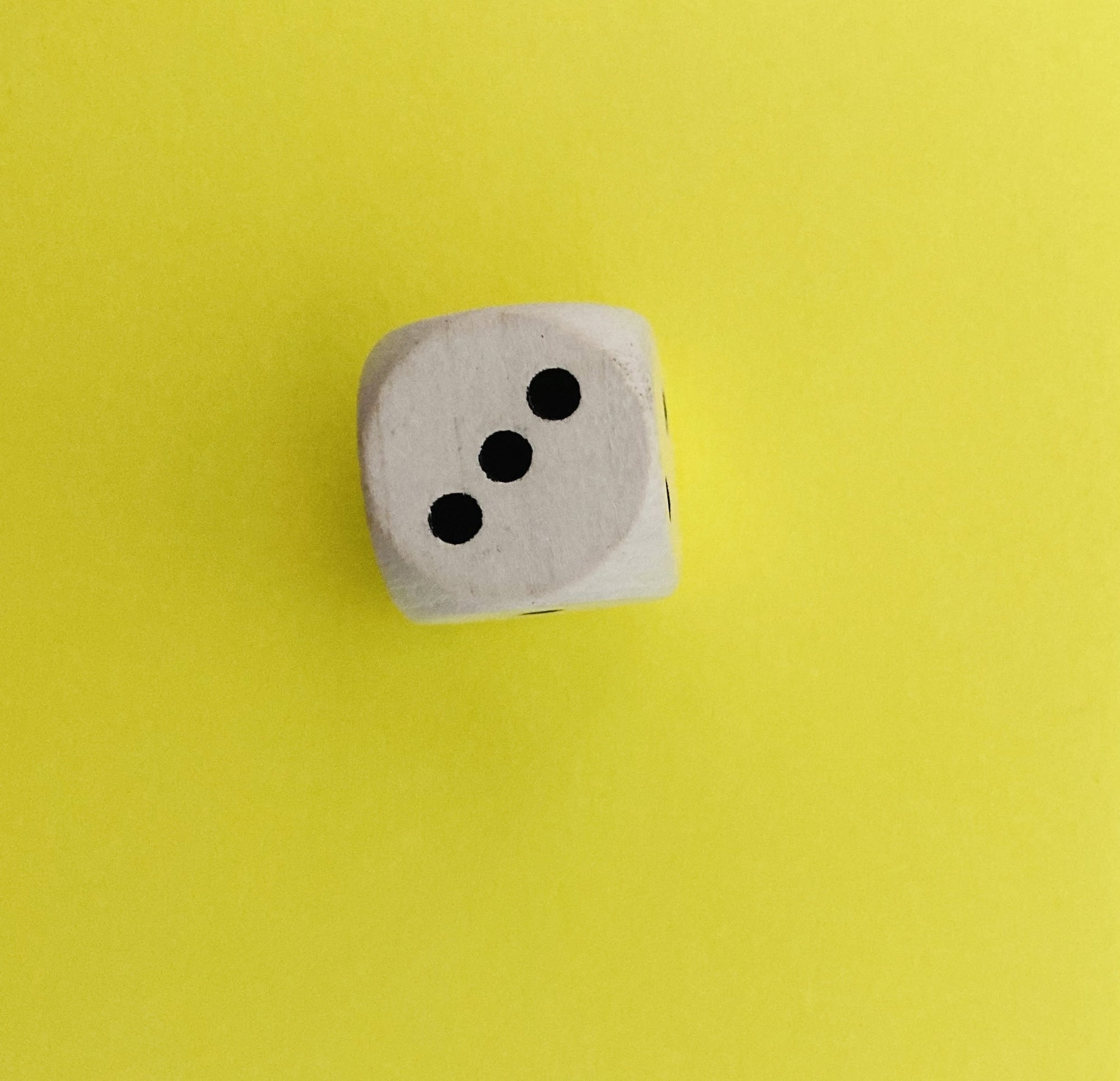The nights are drawing in and as winter approaches this can have an impact on our brain health and mental wellbeing.
Seasonal affective disorder (SAD) is a type of depression which comes and goes in a seasonal pattern and can be common.
Many people start to feel the effects as autumn progresses into the winter months as days get shorter.
According to the NHS, symptoms of SAD can include:
• a persistent low mood
• a loss of pleasure or interest in normal everyday activities
• irritability
• feelings of despair, guilt and worthlessness
• feeling lethargic (lacking in energy) and sleepy during the day
• sleeping for longer than normal and finding it hard to get up in the morning
• craving carbohydrates and gaining weight
We don’t fully know the exact cause of SAD and it's often linked to a lack of exposure to sunlight during the shorter autumn and winter days.
The main theory is that a lack of sunlight may stop a part of the brain called the hypothalamus working properly.
This in turn can affect three areas of brain function:
• production of melatonin – melatonin is a hormone that makes you feel sleepy; in people with SAD, the body may produce it in higher than normal levels
• production of serotonin – serotonin is a hormone that affects your mood, appetite and sleep; a lack of sunlight may lead to lower serotonin levels, which is linked to feelings of depression
• body's internal clock (circadian rhythm) – your body uses sunlight to time various important functions, such as when you wake up, so lower light levels during the winter may disrupt your body clock and lead to symptoms of SAD outlined above
Mental heath charity Mind states that SAD can affect you during any season or time of year. Some people experience it in summer, although less research has been conducted on this so you might find people are more aware of winter SAD.
The Royal College of Psychiatrists have published a paper on how to tackle seasonal affective disorder, I’ve shared some of their findings below.
You can read the entire article here.
SAD can be treated in the same way as depression. Treatment usually includes self-help and lifestyle changes, talking therapies and antidepressant medication.
Light box treatments are also popular and have some evidence.
Self-help
Some symptoms of SAD can create extra problems which make you feel even worse – 'vicious circles’:
If it is dark and you feel tired all the time, you will probably do less – and this can make SAD worse. Try to get as much natural sunlight as possible. Take a walk during daylight hours or carry on any exercise you would normally do. Remind yourself that days will get longer again in the spring.
If you are eating more, you may put on too much weight which makes you feel worse. Remind yourself that most people put on weight in autumn and early winter.
Sleepiness, lack of motivation and irritability can all cause problems at home, with your friends, and at work. The feelings of not getting things done can make you feel stressed.
Tell your family and friends so that they can understand what is happening and be supportive.
Light therapy
The idea is to try to provide extra light and to make up for the shortage of daylight in winter. A "light box" is used. Its light is like sunlight, but without the ultraviolet rays, so it is not harmful to the skin or the eyes. It may help tell the brain to make less of a hormone, melatonin.A light box is usually used for 30 minutes to an hour each day. It is most helpful if you use it at breakfast time. Light therapy works quite quickly. If it is going to help, most people will notice some improvement in the first week.
Fortunately, any side-effects are usually mild. They include headache, nausea or blurred vision. It is usually best not to use a light box after 5.00 pm because you may then find it hard to get to sleep.
Dawn-simulating alarm clocks are also used. These come on dimly about an hour before waking up time and gradually get brighter. They can be helpful if you find it hard to wake up on winter mornings.
Medication
Antidepressants may be helpful in SAD and it's important to discuss any concerns you have with your doctor.
Cognitive behavioural therapy (CBT)
There is some evidence that CBT can help winter depression and may prevent it coming back in future winters. CBT is a treatment for anxiety and depression in general.
You have weekly sessions with a therapist and do some homework, like keeping a diary. Have a look at our leaflet on CBT.
What is the best treatment?
For mild symptoms, the self-help measures described in this leaflet will usually be enough.
If your symptoms are worse, the first choice is usually between a light box and antidepressants.
The choice will often depend on what is available, what is convenient and what you prefer.
When to see your GP
You should consider contacting your GP if you think you might have SAD and you're struggling to cope. Your GP will be able to carry out an assessment to check your mental health.
They may ask you about your mood, lifestyle, eating habits and sleeping patterns, plus any seasonal changes in your thoughts and behaviour.
Keep well, Dr Clara Russell


